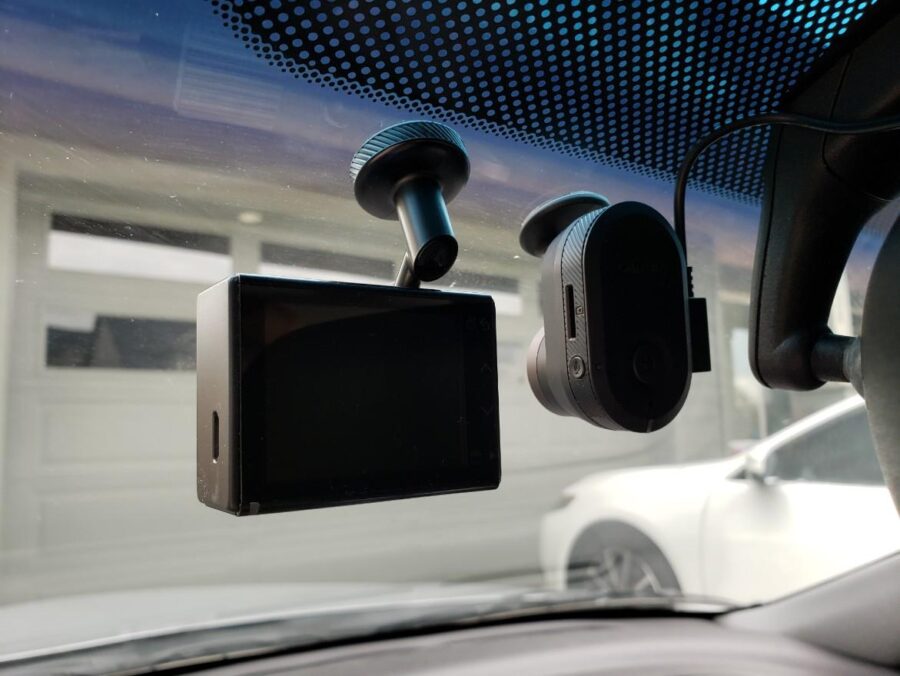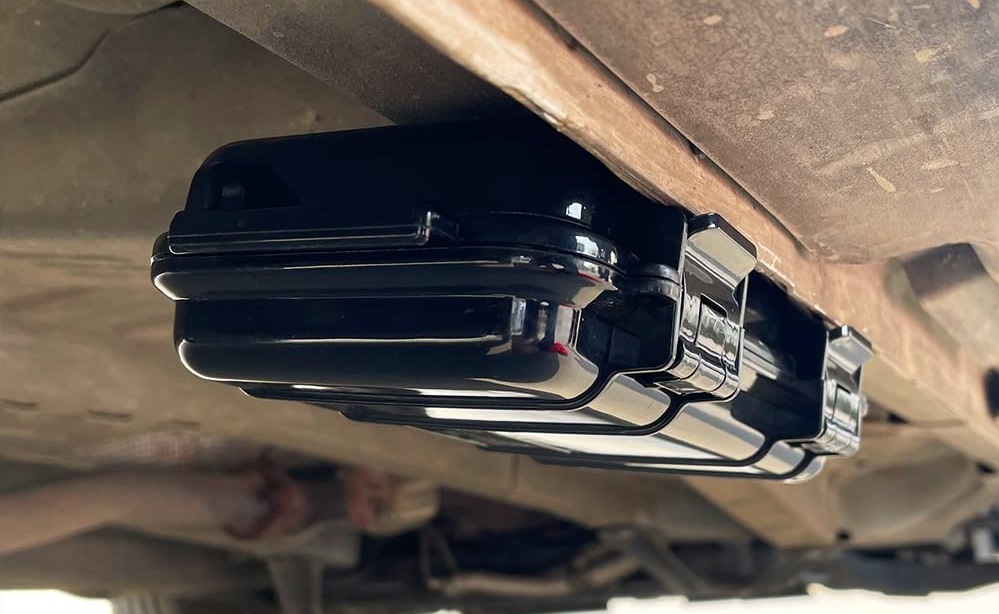Neglecting formal checks and safeguard measures can lead to impulsive wear, reduced acting, and even hazardous forceful conditions.
This inclusive guide delves into the various facets of preventive tire maintenance, providing litigable steps to maintain your tires in optimal condition.
Regular Visual Inspections: A Quick Check for Potential Problems
The first line of explanation in tire maintenance is a consistent optic inspection. This doesn’t take long but can tell fault-finding issues early on. Contact European Auto shop in Nova Scotia, Canada for more help. Look for:
· Uneven Wear:
Check for wear patterns on the tire tread. Significant cupping, supply, or localized wear displays potential issues like misalignment, improper swelling, or even mechanical questions.
· Damage:
Inspect for cuts, punctures, bulges, or any signs of damage. Even minor damage can weaken the exhaust and bring about a catastrophic decline.
· Tire Pressure:
Use a reliable weary pressure gauge to ensure the pressure is at the maker’s recommended PSI. Incorrect pressure can cause bumpy wear and compromise handling.
· Sidewall Condition:
Look for some signs of cracking, bulges, or different markings on the sidewalls. These may be signs of underlying damage or overdone heat exposure.
· Mounting Condition:
Assess the condition of the exhaust’s mounting on the wheel. Loose or broken mounting leads to shaking and uneven wear.
Tire Pressure: The Foundation of Proper Performance
Maintaining the correct weary pressure is paramount for optimum tire conduct. Under-increase leads to increased rolling opposition, reduced fuel saving, and uneven wear. Over-increase can compromise handling, decrease grip, and make the ride less affluent.
· Consult the Owner’s Manual:
The recommended exhaust pressure is clearly established in your bicycle’s owner’s manual. Always concerned with the precise qualifications.
· Regular Checks:
Get into the habit of hindering tire pressure not completely once a temporal length of event or entity’s existence, ideally before each long trip.
· Seasonal Adjustments:
Tire pressure may be affected by hotness changes. Higher hotnesses tend to increase pressure, while lower hotnesses decrease it.
Tread Depth: A Crucial Safety Factor
The tread depth of your tires is a fault-finding indicator of their staying lifespan and forceful safety. Adequate tread wisdom provides critical grip and traction on differing road surfaces, certain thing.
· Check the Tread Depth:
Use a tread insight gauge to measure the remaining tread wisdom. Many countries have a majority of tread depth necessities.
· Regular Inspections:
Regularly check the tread depth to guarantee it meets the minimum standards.
· Consider Replacement:
When the tread wisdom reaches the legal minimum, deal with replacing the tires.
Conclusion
Preventive maintenance for tires is financing in safety, durability, and fuel efficiency. By including regular ocular inspections, maintaining the correct exhaust pressure, examining tread depth, operating rotations, and balancing.
And hiding tires properly, you can considerably extend the history of your tires and ensure more reliable driving knowledge. Remember, a well-maintained weary is a more reliable tire.





